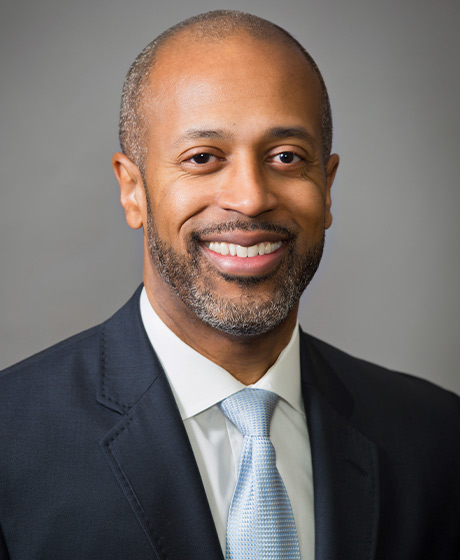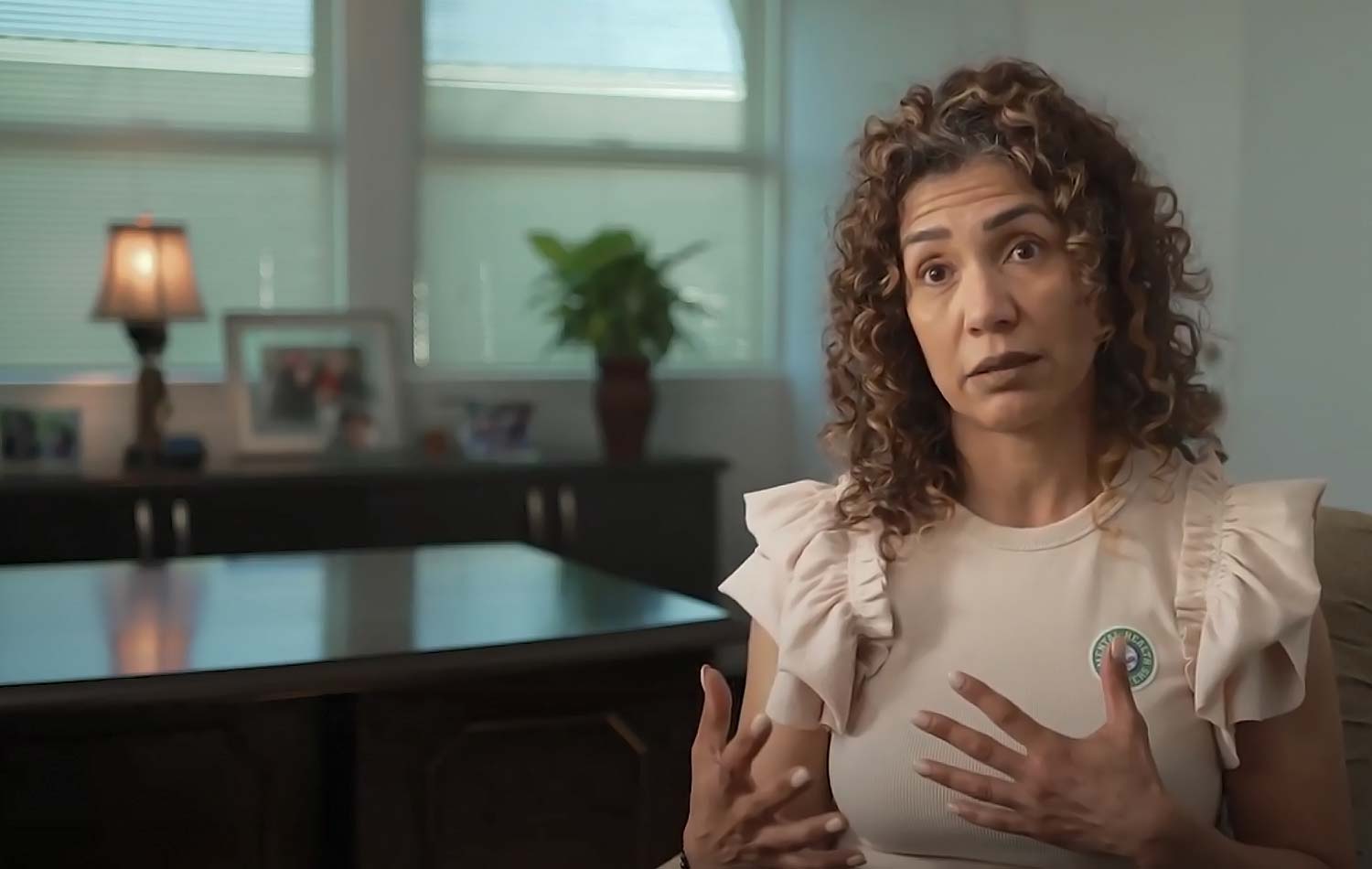
arely, if ever, has summer break been more eagerly anticipated than after the grueling school year we just completed. Yet, as with almost everything that occurs during the pandemic, there is a catch.
Across California, school districts and county offices of education are shattering enrollment records for summer school while simultaneously preparing for full-time classroom instruction in the fall. Transitioning from hybrid instruction to robust summer schools with expanded learning and social support opportunities is challenging. Doing it while concurrently laying the foundation for a 2021–22 school year that will require more interventions and greater student support than any in memory is an especially delicate balancing act.
Given the historic nature of the effort that schools are undertaking, I felt it was important to shine a light on the role school trustees play in advancing this work. My team responded and we developed the School Boards in Action campaign, a multimedia project that uses video, articles, blog posts and radio and internet advertising to showcase the exceptional measures schools are taking to serve students during a pandemic. The campaign demonstrates how school trustees have used expanded learning programs, wellness centers, mental health services, food distribution and technology initiatives to step up and serve students in a time of crisis.
In one of the four videos that anchor the Schools Boards in Action campaign, Mountain View Whisman School District Trustee Devon Conley describes how the past year-and-a-half has changed perceptions of public schools. “Something that this pandemic has shown us is that schools have been a safety net for low-income children and families for decades, but we haven’t acknowledged or addressed it in the way we need to,” she said.
We are at a crossroads in how we approach education and should use one-time monies from the state and federal government to reinvest in public schools that have received inadequate funding for nearly five decades. In fact, we’ve already started to see local educational agencies expand their summer school offerings with additional staffing, a combination of academics and enrichment, a focus on project-based learning, community-based experiences and a wide variety of activities.

https://youtu.be/5MG3392WZdU.
Clearly that principle is resonating as 22,000 pupils — more than a quarter of San Diego USD’s student body — enrolled for the summer school this year, up from just 3,000 students in 2019.
While some LEAs offered in-person learning for much of the 2021–22 school year, the great majority — responding to their local circumstances — remained in distance learning mode until the spring. For those districts, the fall session carries additional weight since they’ll be reintroducing their entire student population to the classroom for the first time in 18 months. During that time, student need, both academic and social-emotional, has grown and schools must be prepared to meet it in creative and intentional ways.
As schools work to reintegrate students to on-campus life, they should use the influx of state and federal COVID-19 funds (a significant amount of which is one-time) to focus on supports that address immediate issues, as well as longer-term investments that help transform and improve a system that hasn’t served all students well. This is an opportunity for schools to reinvent practices to serve the whole child, not just resume the same strategies and operations that preceded distance learning.
Thoughtful approaches for re-engagement are important for all students, but absolutely crucial for those who are struggling or distancing themselves from school. CSBA has released a host of materials to provide guidance and assist LEAs as they work to address disparities and improve outcomes for all students. From webinars focused on best ways to use relief funding to providing safe and supportive environments to research-based learning recovery resources; to articles, videos and blog posts sharing how districts around the state are providing both social-emotional and academic support to students; to a resource guide that directly addresses board members’ concerns around full-time, in-person instruction this fall, as reported by CSBA’s Delegates.
Effective strategies for supporting students are expensive to maintain. Yet, the well-publicized money that schools have received overwhelmingly consists of one-time funds. Addressing the systemic issues that plague our school system takes more than one-time money, it requires an ongoing investment that is more than adequate to support the staffing, programs and services our students need to learn at a high level. A single infusion of cash will not meet the challenge and will not undo 40 years of disinvestment.
It is unfortunate that it took a crisis to compel the state and federal government to provide something approaching the support schools have needed all along. Now that we have their attention, we must ensure that the current level is not a funding fluke, but a funding floor for our schools. The strongest argument boards can make for sustaining a higher level of funding is to allocate money in high-leverage ways and invest in programs that are backed by research. It’s not an easy way to spend the summer, but it will help ensure that the most anticipated back-to-school season ever provides the most benefit for California students.
